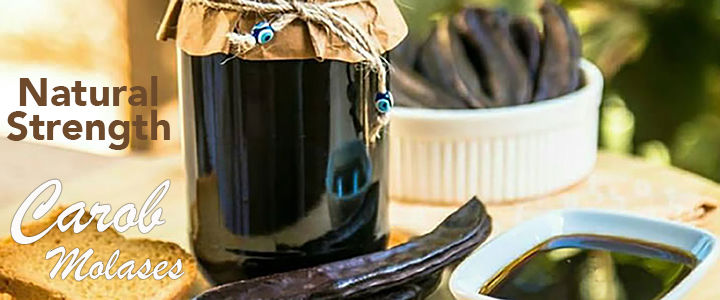English
You have no items in your shopping cart.
Products tagged with 'basak'
BASAK Oregano 30g
Ancient Egyptians used thyme for embalming. The ancient Greeks used it in their baths and burnt it as incense in their temples, believing it was a source of courage. The spread of thyme throughout Europe was thought to be due to the Romans, as they used it to purify their rooms and to "give an aromatic flavour to cheese and liqueurs". In the European Middle Ages, the herb was placed beneath pillows to aid sleep and ward off nightmares. In this period, women also often gave knights and warriors gifts that included thyme leaves, as it was believed to bring courage to the bearer. Thyme was also used as incense and placed on coffins during funerals, as it was supposed to assure passage into the next life.
$3.99
BASAK Pine Nuts (Dolmalik Fistik & Cam Fistigi) 20g
Pine nuts are small, elongated ivory-colored seeds measuring about 1/2 inch long. When raw, the seeds have a soft texture and a sweet, buttery flavor. They are often lightly toasted to bring out the flavor and to add a little crunch. Pine nuts are eaten by many cultures around the world and are known by many names. In the U.S., the most popular use is in pesto or as a crunchy salad topper. They are also good for use in desserts like shortbread cookies and for adding a twist to hummus.
$6.99
BASAK Red Pepper Sweet 70g
The finest red pepper powder of the almost satin texture easily finds its place in almost every dish. There is no stew, paprikash, goulash, meat dish, rice dishes, sauces or cheese dishes that can have the completely full taste without this super seasoning. Apart from its sweet aroma, it is very recognizable for its carmine red colour: all the other spices have that jealousy blush when comparing to red pepper!
$3.99
BASAK Rice Flour 250g
Rice flour (also rice powder) is a form of flour made from finely milled rice. It is distinct from rice starch, which is usually produced by steeping rice in lye. Rice flour is a common substitute for wheat flour. It is also used as a thickening agent in recipes that are refrigerated or frozen since it inhibits liquid separation.
$3.49
BASAK Sesame Seed 100g
Sesame seeds are tiny, oil-rich seeds that grow in pods on the Sesamum indicum plant. Unhulled seeds have the outer, edible husk intact, while hulled seeds come without the husk. The hull gives the seeds a golden-brown hue. Hulled seeds have an off-white color but turn brown when roasted.
$3.99
BASAK Sugared Roasted Chickpeas (Sekerli Leblebi) 300g
Sugar-coated chickpeas are a crunchy treat with a sweet candy coating. As a naturally rich source of protein, dietary fiber, and minerals, garbanzo beans make this a nutritious snack that satisfies both savory and sweet cravings. These tasty, pastel-colored treats are perfect for Easter and other springtime celebrations. These candy-coated chickpeas are a sweet surprise indeed.
$4.49
.gif)












































.jpeg)